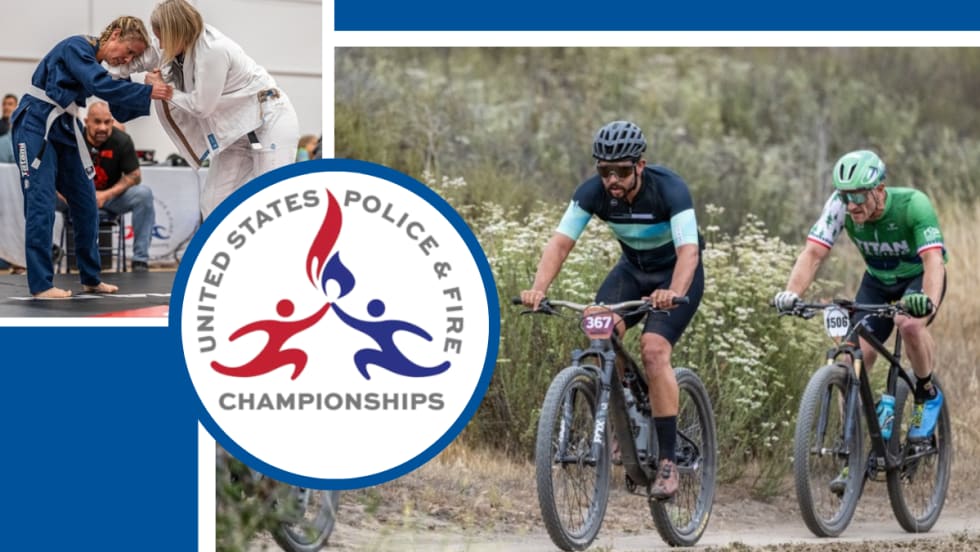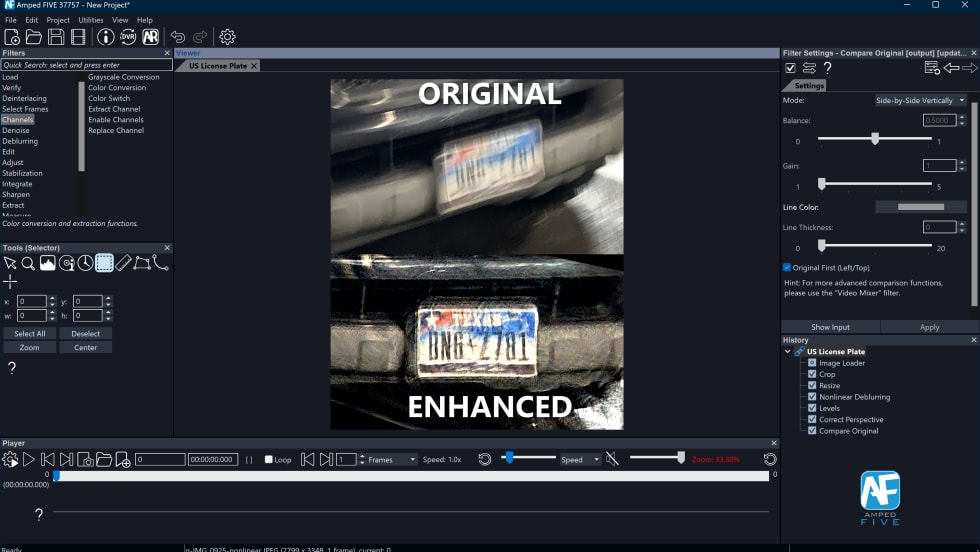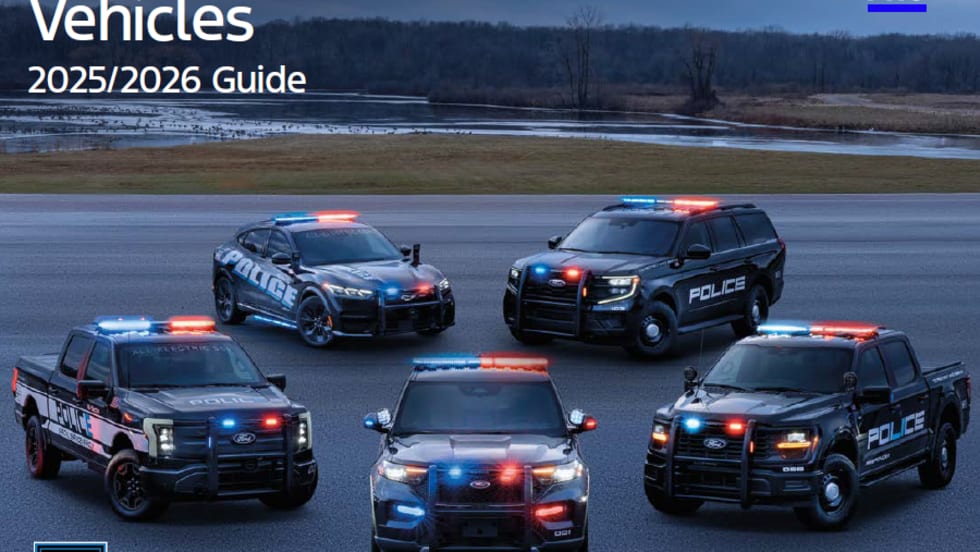Every year, the U.S. Supreme Court receives thousands of petitions to review lower court rulings. Typically, the court grants between 80 and 125 of these to be decided during its nine-month term (October through June). Once a case is accepted for review, the attorneys for both sides submit briefs according to a standard schedule. The justices read these briefs, and then schedule oral argument (argument is limited to half an hour for each side in most cases). Within a few months after arguments are heard and the court issues its decision, which is sometimes unanimous, but more frequently is divided—often by a 5 to 4 vote. This process can take a year or longer.
Infrequently, the court looks at the petition for review and sees that on its face the lower court decision is so clearly and obviously wrong that no briefing, oral argument, or further deliberation is necessary. In a single order, the court grants the petition for review and issues a unanimous ruling reversing the lower court decision. When this happens, it essentially sends a message to the judges in the lower court that their decision was so blatantly wrong as to merit summary reversal. It happened in the 2012 term in a civil rights lawsuit against police officers.













